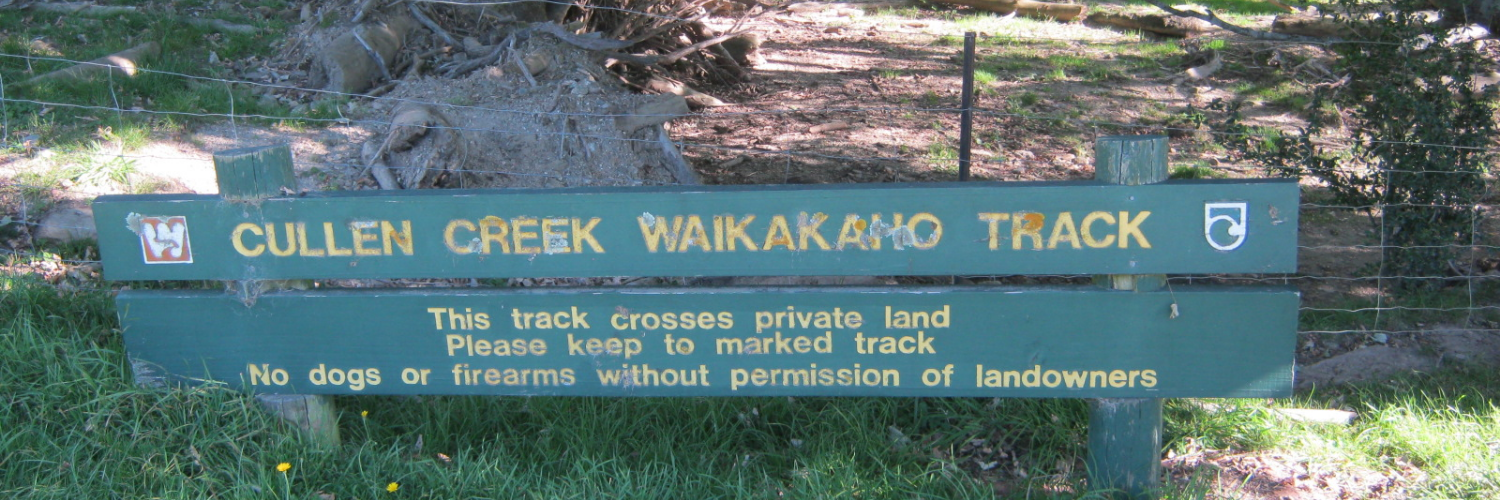What can we learn from the Walkways Commission?
By Eric Pyle, Chief Executive
A now-retired former Chief Executive of what is now Land Information New Zealand posed this question to me: What would New Zealand look like if the Walkways Commission had continued and had thrived?
The Walkways Commission was set up in 1975. It was chaired by the Commissioner of Crown Lands and had a mix of government officials and recreation groups on its board. It developed a number of walkways that form some of the critical access infrastructure in New Zealand, such as the Queen Charlotte Walkway in the Marlborough Sounds.
The vision for the Walkways Commission came from some of the North American and European trails. The Appalachian Trail was identified as a particularly relevant model for New Zealand.
For reasons that are not entirely clear to me, the Walkways Commission seemed to have languished somewhat in its later years. When the Department of Conservation (DOC) was established, the Walkways Commission was folded into it. Within DOC, the Walkways Commission lost its identity, and while a subcommittee focused on access was created, it never really gained traction.
In 2008 the Walking Access Commission was formed, taking on the functions relating to Walkways that had been the responsibility of DOC. The Select Committee who considered the Walking Access Act was very clear about this in in its report:
“The bill reenacts, in large measure, the provisions of the New Zealand Walkways Act 1990, but transfers to the Commission the present roles in respect of walkways of the Minister of Conservation, the Director General of Conservation, the New Zealand Conservation Authority, and Conservation Boards.”
The thread of the Walkways Commission continued in various incarnations of which the Walking Access Commission is the latest one. The cycle trails initiative is a separate but related initiative and can be seen as the latest step in the overall mission of enabling people to have access to the outdoors.
But what if the Walkways Commission had carried on the trajectory that it started? The evidence is clear that good trails are well used. Estimates are that 60,000 people used the Pukerua Bay to Paekakariki Escarpment Track in its first year, compared to a prediction prior to its opening of 15,000. Recently a counter was installed that suggests the true number could be as much as twice that. Likewise, a walkway through a reserve near where I live in Plimmerton is very popular. Some cycle trails are on a roll.
It seems that partnerships between a government trails-type agency and the community are really important. Some people have suggested to me that the Walkways Commission tended to try and do things itself as compared to partnering with community groups and other agencies. Another view is that perhaps community trails groups were not as well formed in the 1970s as they are now. Maybe the trails groups that are now around New Zealand are predominantly a modern phenomenon.
I am reminded of a comment from someone from the Te Araroa Trust who was approaching a farmer about a possible new piece of access. The farmer asked something like “Are you from the government?” The trust member answered “no”, which instantly led to a more productive discussion. Community groups are clearly vital in the development of access to the outdoors.
Partnerships with communities and landholders are really important for developing and maintaining tracks and trails. Perhaps if the Walkways Commission had adopted a stronger partnering approach, or if community trails groups were more of a feature of society in the 1970s New Zealand would have a more developed set of tracks and trails infrastructure now.

